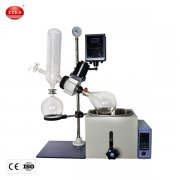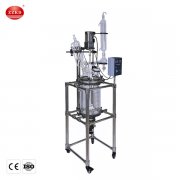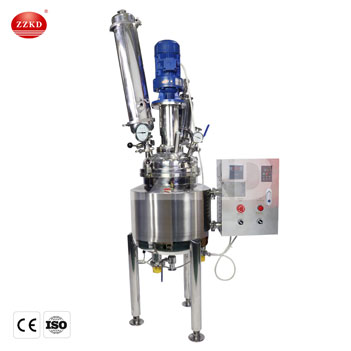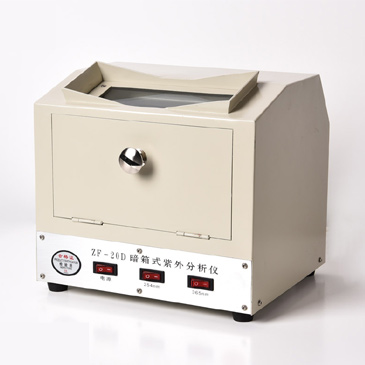In the realm of chemical and material science research, the ability to work under high-pressure conditions is paramount for studying numerous phenomena, synthesizing novel materials, and investigating chemical reactions in extreme environments. High pressure autoclave reactor are indispensable tools that allow scientists and researchers to mimic conditions found in nature or explore new possibilities beyond the limitations of standard laboratory setups. This article explores the characteristics, advantages, applications, and other aspects of high-pressure laboratory reactors, highlighting their significance in cutting-edge research and development.
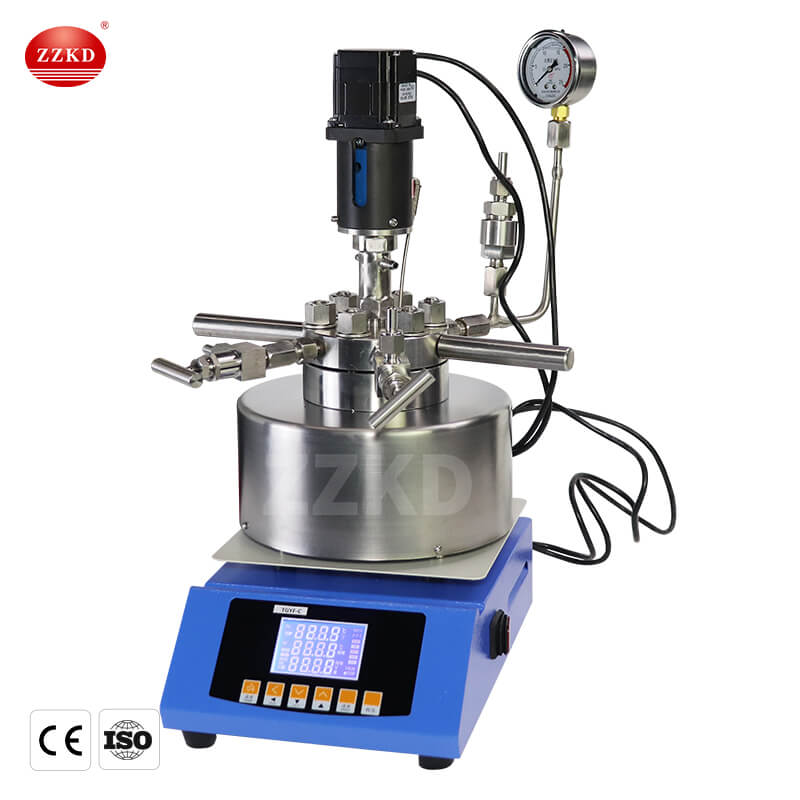
Characteristics of High-Pressure Laboratory Reactors
High-pressure laboratory reactors are specialized instruments designed to conduct experiments under controlled pressure environments. They possess several key characteristics that set them apart from conventional laboratory equipment:
1. Pressure Handling Capacity: High-pressure laboratory reactors are engineered to withstand and control elevated pressures, typically ranging from a few hundred to several thousand atmospheres. The ability to regulate pressure precisely enables researchers to manipulate reactions and observe behavior under extreme conditions.
2. Safety Features: Safety is of paramount importance when working with high pressures. These reactors are equipped with robust safety measures, such as pressure relief systems, rupture discs, and interlocking mechanisms to prevent accidental over-pressurization and ensure operator protection.
3. Temperature Control: Many high-pressure laboratory reactors also offer precise temperature control, allowing researchers to investigate the interplay between pressure and temperature on chemical reactions and material properties.
4. Versatile Material Compatibility: High-pressure reactors are often constructed from high-quality materials, such as stainless steel or other alloys, to withstand the corrosive or reactive nature of substances used in experiments.
5. Stirring and Mixing Capabilities: Agitation is essential in many chemical reactions. High-pressure laboratory reactors are equipped with efficient stirring systems that enable uniform mixing of reactants and aid in achieving consistent results.
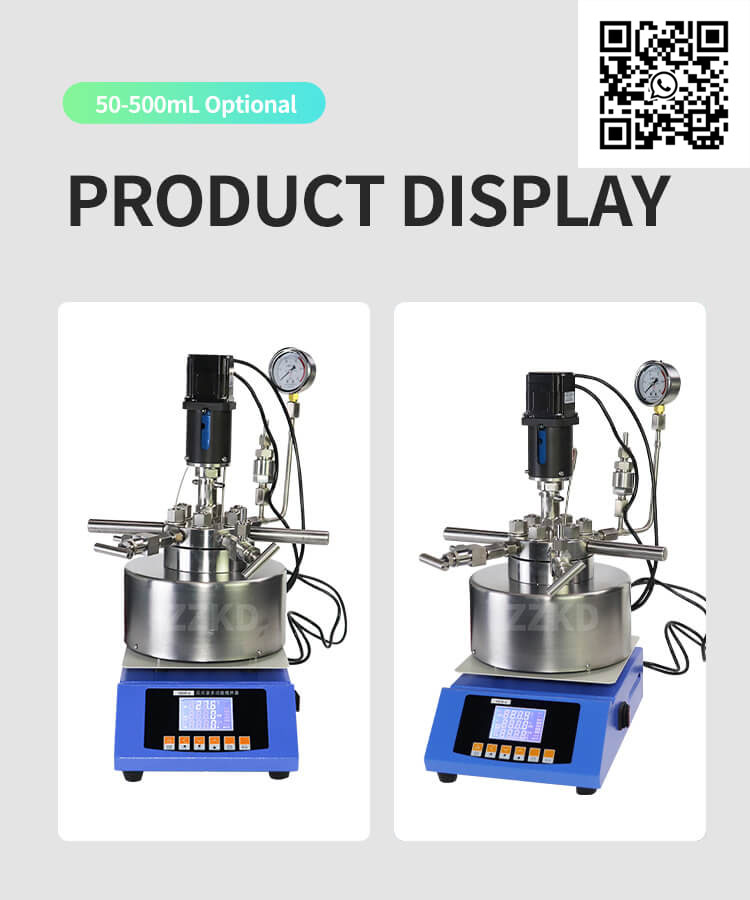
Advantages of High-Pressure Laboratory Reactors
1. Accurate Simulation of Natural Conditions: High-pressure laboratory reactors allow scientists to recreate the extreme pressures experienced in deep-sea environments, the Earth's mantle, or even extraterrestrial surfaces. This simulation offers valuable insights into the behavior of substances under such conditions, leading to a deeper understanding of natural phenomena.
2. Enhanced Chemical Reactivity: Some chemical reactions exhibit increased rates and altered mechanisms under high-pressure conditions. High-pressure laboratory reactors enable researchers to explore these reactions and discover new pathways to synthesize complex molecules and materials.
3. Investigation of Phase Transitions: High pressures can induce phase transitions, transforming materials from one state to another. This characteristic is crucial for studying polymorphism, a phenomenon where a substance exists in multiple crystalline forms, each with distinct properties.
4. Catalysis and Material Development: High-pressure conditions often favor catalytic reactions, and high-pressure laboratory reactors aid in the design and optimization of novel catalysts for various industrial processes, including petroleum refining and pharmaceutical synthesis.
5. Insights into Earth and Planetary Sciences: By mimicking conditions found deep within the Earth's crust or on other planets, scientists can gain valuable insights into geological processes and the formation of minerals.
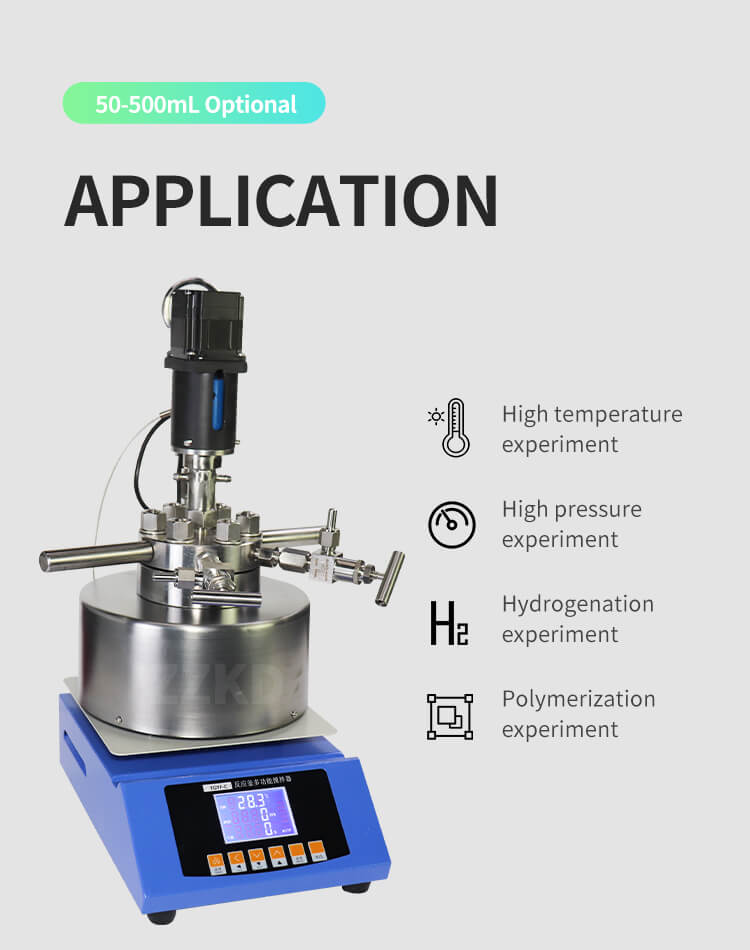
Applications of High-Pressure Laboratory Reactors
1. Chemical Synthesis: High-pressure reactors are extensively used in the synthesis of specialty chemicals, pharmaceutical intermediates, and advanced materials. The ability to control pressure and temperature offers a wide range of reaction conditions to tailor products with specific properties.
2. Material Development: High-pressure laboratory reactors are crucial in developing new materials with unique properties, such as high-strength alloys, superconductors, and advanced ceramics.
3. Geochemistry and Mineralogy: Studying materials under high-pressure conditions provides a deeper understanding of Earth's geological processes, including the formation and transformation of minerals.
4. Environmental Studies: High-pressure reactors aid in understanding the behavior of substances under high pressures, which is vital for environmental studies, such as carbon capture and storage (CCS) and gas hydrate exploration.
5. Polymerization and Catalysis: Polymerization reactions, used to produce plastics and rubber, can benefit from high-pressure conditions. Additionally, high-pressure catalytic reactions help optimize processes in the petrochemical industry.
6. Research in Astrophysics: Scientists use high-pressure laboratory reactors to simulate conditions on other planets and celestial bodies, helping to unravel the mysteries of the universe.
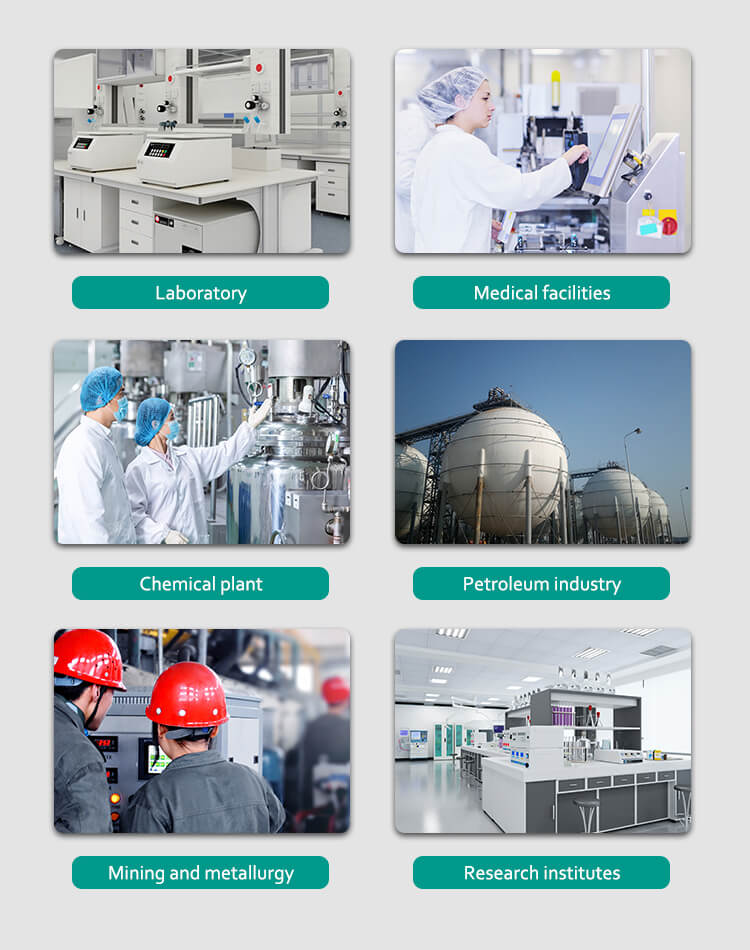
A Case: High-Pressure Reactor in Novel Nanomaterial Synthesis
To illustrate the significance of high-pressure laboratory reactors in cutting-edge research, let's explore a case study focused on the synthesis of novel nanomaterials.
Researchers at a leading materials science laboratory sought to develop a new type of nanomaterial with remarkable mechanical strength and thermal stability. They hypothesized that subjecting specific precursor materials to high-pressure conditions during synthesis could lead to the formation of unique nanostructures.
Using a state-of-the-art high-pressure laboratory reactor, the team conducted a series of experiments by subjecting the precursors to pressures exceeding 5000 atmospheres. The reaction took place at elevated temperatures, which were accurately controlled within the reactor. After extensive analysis, the researchers discovered the formation of a novel nanomaterial with exceptional mechanical properties and thermal resistance.
The new nanomaterial displayed an interconnected network of nanocrystals, arranged in a specific orientation, resulting in superior mechanical strength and enhanced thermal conductivity. These properties made the material ideal for applications in aerospace, electronics, and renewable energy industries.
By utilizing the high-pressure laboratory reactor, the research team achieved a breakthrough in nanomaterial synthesis, demonstrating the immense potential of high-pressure conditions in creating innovative materials with tailored properties.
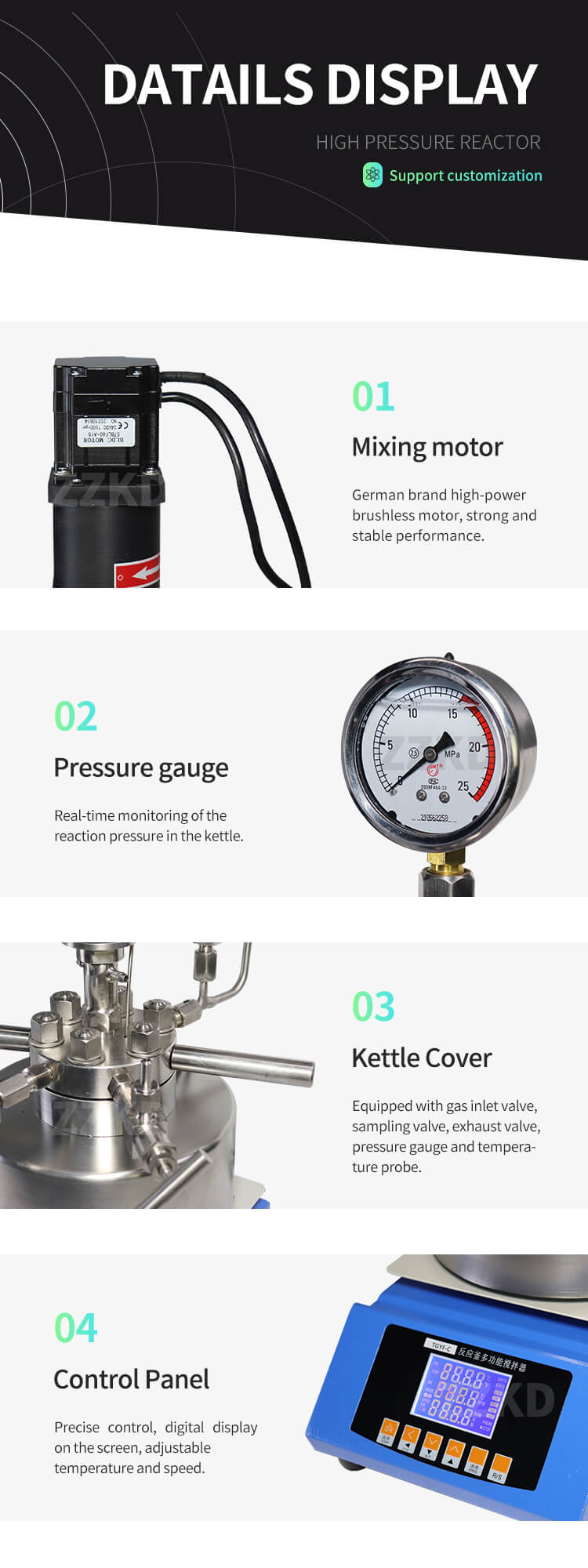
Conclusion
High-pressure laboratory reactors are indispensable tools that enable scientists and researchers to explore the frontiers of chemical and material sciences. With the ability to replicate extreme conditions and investigate novel reactions, these reactors have become vital in various fields, including chemistry, material science, geochemistry, and astrophysics. From developing advanced materials to gaining insights into geological processes, the applications of high-pressure laboratory reactors are diverse and far-reaching.
As technology advances and research progresses, high-pressure laboratory reactors will continue to play a pivotal role in unlocking the secrets of the universe and driving innovation across industries. With their unmatched capabilities, these reactors empower scientists to delve into the unknown and pioneer groundbreaking discoveries, propelling humanity towards a brighter and more sustainable future.

 Products
Products





